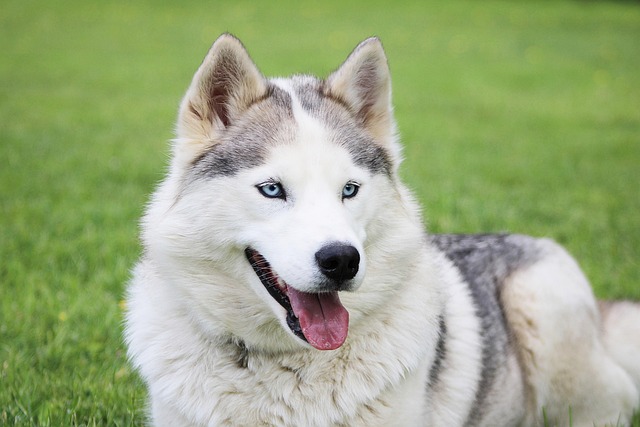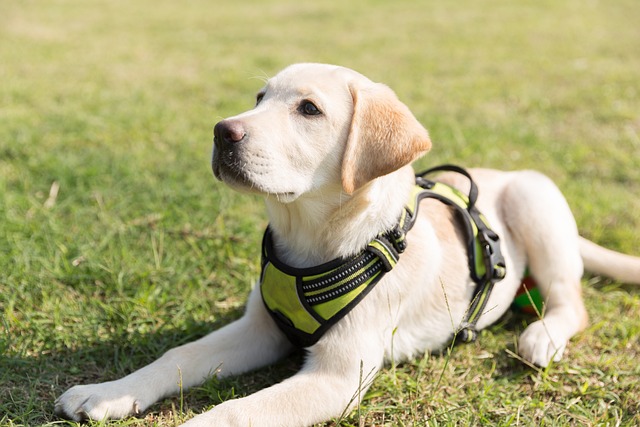
How to treat dry skin in dogs
how to treat dry skin on dogs? If you’ve watched your German shepherd “Rex” scratch his back against the living room couch until tufts of fur stick to the fabric
Hearing click-click-click as your dog walks across the hardwood floor? That’s the universal sign it’s nail trim time. But if you’re sweating over the clippers, terrified of hitting the quick (that sensitive blood vessel inside the nail), you’re not alone. Cutting too short causes pain and bleeding, while leaving nails too long forces their feet into unnatural positions, leading to joint stress – imagine walking in high heels 24/7. The sweet spot? Trimming just before the quick, where the nail starts curving downward. For canine quick identification, lighting is key: Hold pale nails up to a phone flashlight to see the pink quick shadow. For stubborn black nails (common in Labs), shave microscopic slivers off the tip until you spot a dark grayish-pink dot in the center – that’s your stop signal!
Start with restraint-free prep. Never pin your dog down – this triggers panic. Instead, practice paw desensitization protocols: Massage their paws daily while feeding chicken bits, building positive associations. When ready, use sharp, scissor-style clippers (guillotine types crush thick nails). Hold the paw firmly but gently, and cut at a 45-degree angle away from the paw pad. If your dog flinches, stop instantly and reward calmness – force-free claw trimming aligns with the American Veterinary Society of Animal Behavior’s guidelines banning aversive methods. Keep styptic powder or cornstarch nearby for quick bleed control. For anxious dogs, try a lick mat smeared with cream cheese during trims.

Apartment dwellers, note: Grinding tools like Dremels are quieter than clippers (crucial in thin-walled Boston brownstones), but introduce the vibration slowly – let your dog sniff the off tool first. Always trim during daytime hours to avoid noise complaints. Place a non-slip mat under your apartment nail care compliance station to catch flying clippings; discarded nails violate "sanitary disposal" rules in shared buildings. For tiny breeds, consider vet tech visits – their expertise prevents Yorkie toe injuries.
Legally, neglected nails = welfare risks. Severely overgrown nails curling into paw pads constitute neglect under laws like Oregon’s Animal Welfare Act. Before professional help, ensure rabies vaccines are current (fines up to $1,000 in states like New Jersey). Post-trim, public paw safety compliance applies: Use biodegradable bags to collect nail clippings during park visits. In cities like Seattle, leaving them near playgrounds violates health codes. Remember, short nails aren’t cosmetic – they prevent slipped tendons and keep your pup hiking-ready!

how to treat dry skin on dogs? If you’ve watched your German shepherd “Rex” scratch his back against the living room couch until tufts of fur stick to the fabric

What are the crusty flakes on my dog's skin? If you’ve ever run your hand through your schnauzer “Charlie’s” fur and noticed tiny, dandruff-like flakes sticking to your palm

French bulldogs, with their squishy faces and playful energy, are prone to sensitive tummies—diarrhea can strike out of nowhere, leaving you scrambling for solutions. It’s not just messy; it can signal something off in their diet, environment, or health.

Picture this: It’s 95°F in Austin, and your terrier dances awkwardly on hot pavement during your neighborhood stroll. You wonder – could those cute socks from Petco save his paws?

Discovering your dog limping or licking frantically at their paw is a heart-sinking moment for any new pet parent. Those tough paw pads shield them from hot sidewalks

How to improve a dog's coat condition? If you’ve run your hand through your poodle “Luna’s” fur lately and noticed it feels more like straw than silk—dull